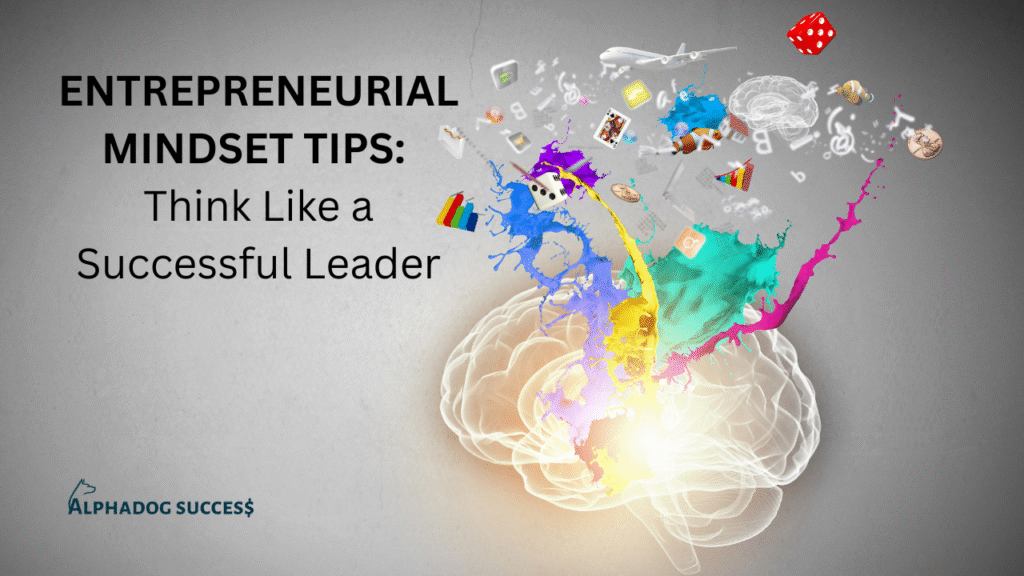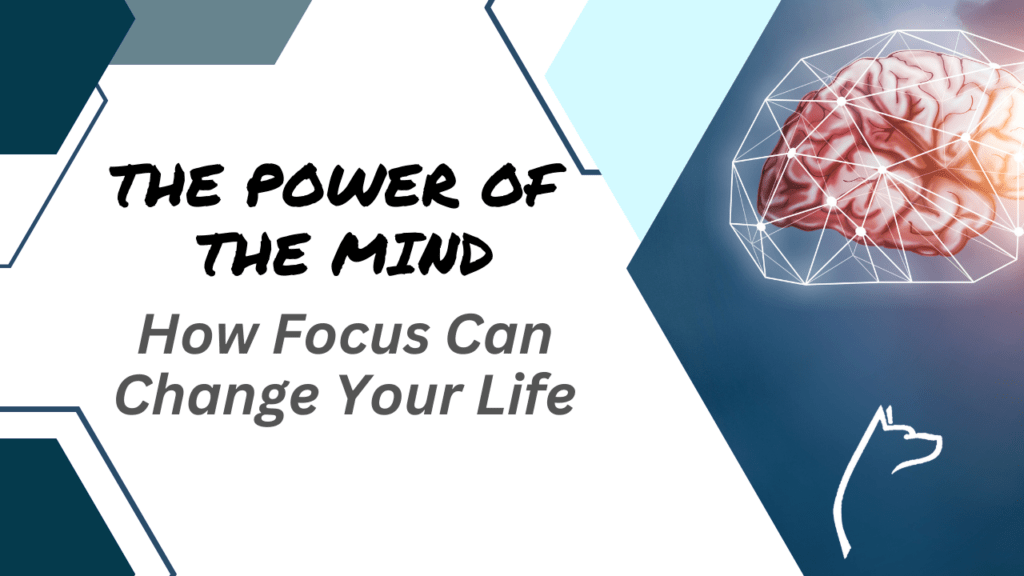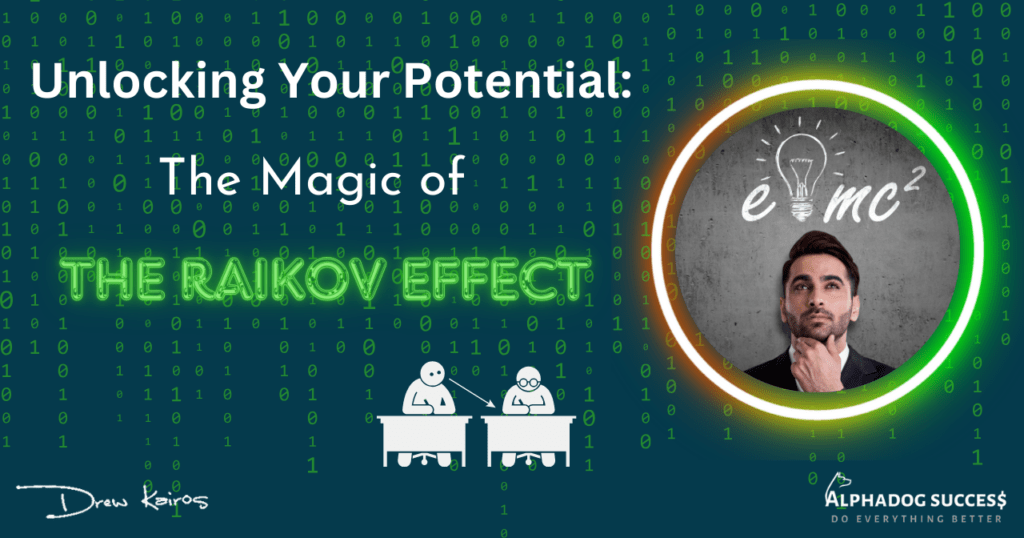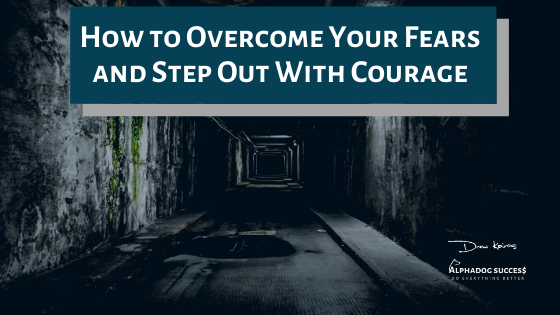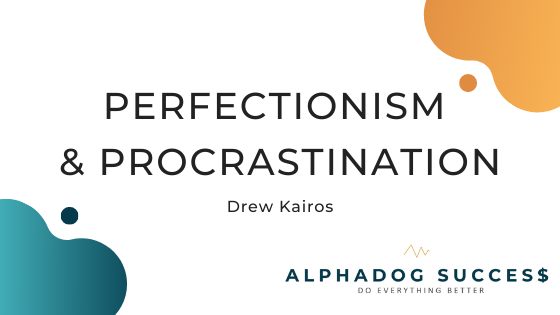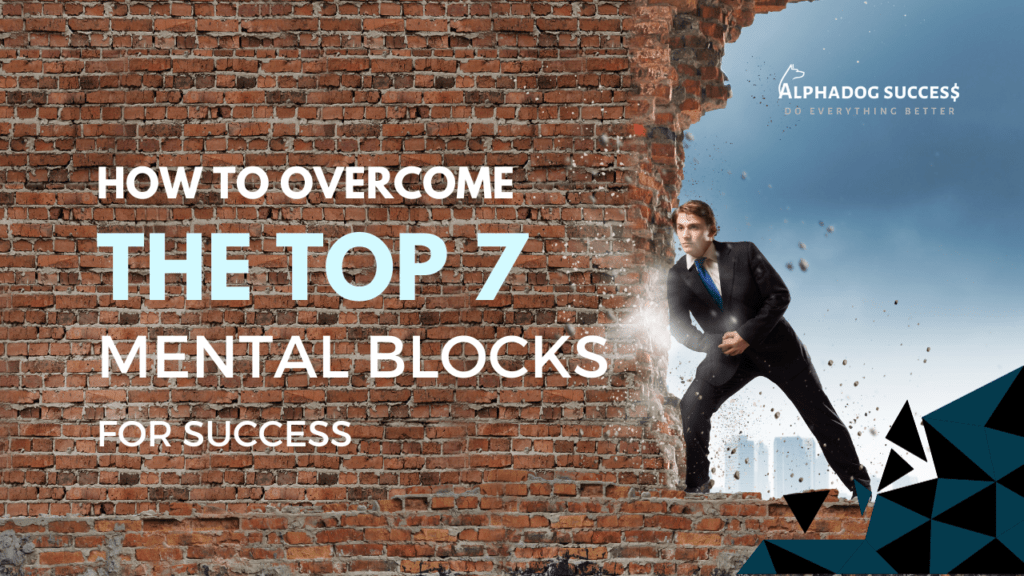Entrepreneurial Mindset Tips | Think Like a Successful Leader
Entrepreneurship is a challenging journey that requires a unique set of skills and attributes. While there are many factors that contribute to success as an entrepreneur, one of the most important is mindset. In this blog post, we’ll explore the role of mindset in entrepreneurship by sharing insights from successful entrepreneurs. The Importance of a Growth Mindset Carol Dweck, a renowned Stanford psychologist, conducted extensive research on the power of mindset. In her book, “Mindset: The New Psychology of Success”, she explains that individuals with a growth mindset believe that their abilities can be developed through hard work and dedication. In contrast, individuals with a fixed mindset believe that their abilities are fixed and cannot be changed. For entrepreneurs, having a growth mindset is critical for success. When faced with challenges, those with a growth mindset are more likely to persist, learn from their mistakes, and ultimately achieve their goals. On the other hand, those with a fixed mindset may give up easily and miss out on opportunities for growth and innovation. To cultivate a growth mindset, entrepreneurs can focus on their strengths, embrace challenges as opportunities for growth, and surround themselves with supportive mentors and peers who share their values. By adopting a growth mindset, entrepreneurs can develop the resilience and perseverance needed to overcome obstacles and achieve success. The Power of Positive Thinking Positive thinking is another important component of a strong entrepreneurial mindset. Successful entrepreneurs often share a mindset of positivity, optimism, and gratitude. They focus on solutions rather than problems, see setbacks as temporary, and maintain a sense of hope and possibility even in the face of adversity. The science of positivity supports the idea that this mindset can improve business outcomes. Research shows that positive emotions can lead to greater creativity and innovation, improved decision-making, and more effective teamwork. To build a positive mindset, entrepreneurs can cultivate gratitude, practice mindfulness, and surround themselves with positive influences. They can also use positive self-talk and visualization to overcome negative self-talk and doubt. The Role of Resilience in Entrepreneurship Resilience is the ability to bounce back from challenges and setbacks. In entrepreneurship, resilience is essential for success. Entrepreneurs face many obstacles, from funding challenges to market competition to personal stressors. Those who are resilient are better able to weather these challenges and stay focused on their goals. Top entrepreneurs develop resilience through a variety of techniques, such as using positive self-talk, learning from failure, and seeking support from mentors and peers. They also prioritize self-care by getting enough sleep, exercise, and healthy food. Mindfulness practices such as meditation and yoga can also help entrepreneurs build resilience by improving their ability to manage stress and maintain a sense of balance and perspective. The Importance of Embracing Failure Failure is inevitable in entrepreneurship. Successful entrepreneurs understand that failure is not something to be feared but rather a valuable learning opportunity. By embracing failure and learning from their mistakes, entrepreneurs can develop a growth mindset and become more resilient. Top entrepreneurs learn from failure by analyzing what went wrong, adjusting their strategies accordingly, and using the experience to improve their future efforts. They also recognize that failure is not a reflection of their worth as individuals and maintain a sense of optimism and possibility even in the face of setbacks. By developing a growth mindset around failure, entrepreneurs can cultivate a sense of curiosity, experimentation, and innovation that can ultimately lead to greater success. Conclusion The role of mindset in entrepreneurship cannot be overstated. Entrepreneurs who cultivate a growth mindset, positivity, resilience, and a willingness to embrace failure are better equipped to face the challenges and uncertainties of starting and growing a business. By embracing the insights and strategies of successful entrepreneurs, aspiring entrepreneurs can develop the mindset necessary to achieve their goals and make a lasting impact in their industries.
Entrepreneurial Mindset Tips | Think Like a Successful Leader Read More »

